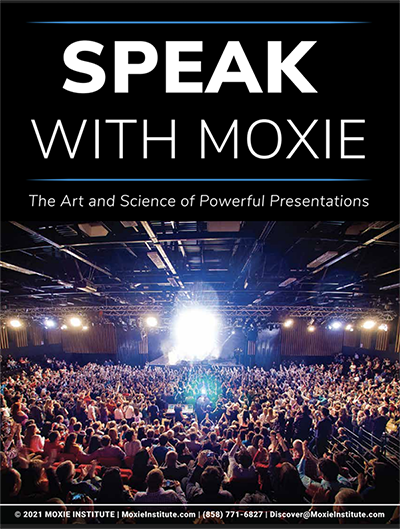What do athletes, actors and speakers have in common? They need to perform–and do it well.
With every public speaking engagement, speakers need to “step up to the plate” and “hit their mark.” Eloquent delivery and an authoritative persona are part of the game. And the reason much of the same language is used to describe competent athletes, actors and speakers: it’s all part of the same game.
But what exactly goes into preparing for that game? And how can we take cues from athletes in actors in our own performances? Read on for different ways to warm-up like the pros. After all, most of the game happens off of the field or stage.
And the risk of not warming up? You lose credibility with your audience if you appear uncertain or, worse, completely unprepared. Warming up ensures you are present and focused on what you have to say.
Speak like the professional you are when you’re in front of an audience by preparing before you have an audience. Even if that means while waiting in the wings–or dugout.
Table of Contents
TogglePHYSICALLY WARM-UP
Whenever you have to perform, you may feel your “fight-or-flight” response kick in. The stress response constricts the blood flow to your brain and can cause you to freeze up or “choke.”
Don’t worry–this is your body’s natural response to fear. But understanding its nature does little to help the problem. Nervous energy lives in your muscles and you need to shake it loose.
Start by spreading your feet shoulder-width apart. Without bending, raise one arm straight up, reaching as high as you can for about four seconds. Repeat with the other arm. Rotate your arms and shoulders outward as you pull your arms back and down, letting your elbows lead the way down.
This stretch will release that nervous energy and help you center yourself to mentally warm up.
MENTALLY WARM-UP
Now that your body is feeling a bit looser, it’s time to quiet the negative self-talk in your mind. Do this with diaphragmatic or deep breathing.
Deep breathing activates your parasympathetic reaction to combat against that “fight-or-flight” feeling. It also brings in enough oxygen for your blood to bring it to the entirety of your body, including your brain.
Imagine you have a balloon situated in your navel and the goal of every breath you take is to have it completely expand. When you exhale, you want the balloon to completely deflate. Repeat this until your body is thoroughly oxygenated.
Now that you’re centered, it’s time to warm up your instrument.
VOCALLY WARM-UP
For public speakers, their voices are their instruments. That’s where the magic happens unless their voices haven’t been properly warmed up.
Jeannette Nelson, the head of voice at the National Theatre of England, suggests humming. You read that right. “We use humming to get a sense of buzz right through the body,” Nelson says, “so that actors are speaking from their whole body.”
The voice connects a speaker’s body and mind. Hum a few bars of your favorite song as you roll your head. Then, try some vocal function exercises which are designed to strengthen your laryngeal musculature. In short: they’ll make you a more powerful speaker.
You want to avoid having a breathy tone by keeping your voice ‘forward’ in your mouth but not too nasally. The goal is to last for 30 seconds.
After warming up your mind, body and voice, all the remains is shifting your attitude.
MINDSET SHIFT
Being thoroughly warmed up is great, but without the right attitude, your performance will be dead on arrival. Use Olympic swimmer Michael Phelps’ tactic to shift your mindset: visualization.
“One of the things that has been good for me I think, besides training,” Phelps says, “has been my sort of mental preparation.”
The swimmer has already played out all outcomes of his races in his mind–he is prepared to deal with any situation that might arise. This allows Phelps to “roll-with-the-punches” and never be taken by surprise.
Planning for success, preparing for success and seeing success will help you to achieve success. Increased motivation means increased returns. Seeing is believing, after all.
Once you’re all-around warmed-up, the icing on the cake is seeing it all come together in your mind’s eye. Take all of these tips and visualize the components coming together to make the perfect presentation–and you will give it.










